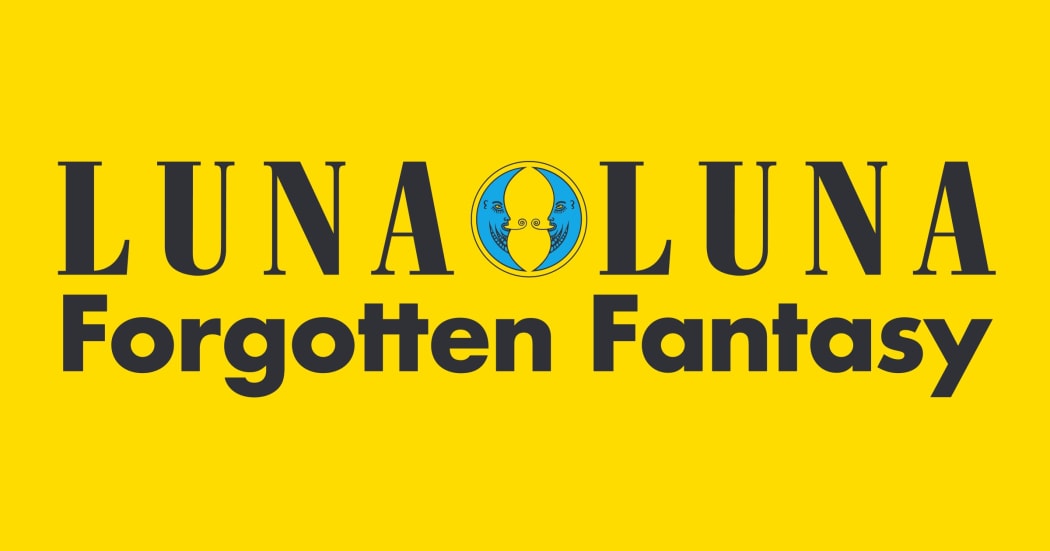
Luna Luna, a dreamlike carnival, nearly faded into obscurity. In 1987, André Heller, the Austrian pop-star-turned-artist, unveiled an extraordinary fairground in Hamburg, Germany. Inside, the circus acts performed amidst carousels and amusement rides designed by some of the greatest artists of the era, including Salvador Dalí, David Hockney, and Roy Lichtenstein. It also featured emerging talents from the New York street art scene like Jean-Michel Basquiat, Kenny Scharf, and Keith Haring. Over the summer, a fortunate 300,000 visitors were immersed in a world of vibrant, unconventional, and sometimes provocative art. Then, like a travelling circus, Luna Luna vanished without a trace.
Heller had envisioned taking his attractions worldwide, but those plans never materialised. Instead, Luna Luna was packed away inside 44 massive shipping containers, tucked away in the sun-drenched Texan desert for 35 long years. It became an obscure footnote in art history, with minimal online presence. Eventually, those who remembered its existence reached out to Drake, whose entertainment company, DreamCrew, possessed the necessary resources ($100 million), live event experience, and art appreciation to breathe new life into Luna Luna. Anthony Gonzales from DreamCrew recalled that it took only a 30-second conversation to convince Drake to get involved.
The first challenge was to open the storage containers and assess the condition of the contents after decades of desert isolation. They were transported to California, where investors anxiously awaited the unveiling. Upon cracking the container doors, the production crew discovered not only snakes and scorpions but also a miraculously well-preserved treasure trove of art.
Now, Luna Luna has emerged from oblivion. In a vast downtown Los Angeles warehouse, an exhibition titled "Luna Luna: Forgotten Fantasy" showcases the lovingly restored gems of this long-forgotten treasure. It offers a delightful way to spend a few hours, evoking a childlike sense of wonder. Visitors of all ages wear curious, delighted smiles, reminiscent of Kurt Vonnegut's famous line: "If this isn't nice, I don't know what is."
The anticipation begins even before entering the building, as guests access the space through a recreation of Heller's inflatable Dream Station in the parking lot. It resembles a bouncy castle version of a Dalek, serving as a promising gateway to a new world.
Inside, Kenny Scharf's painted swing chair ride welcomes visitors alongside a collection of sculptures featuring his psychedelic graffiti faces, which contort like oversized cartoon characters. Nearby, an exquisite carousel designed by Austrian painter Arik Brauer boasts fantastical creatures, including the "pferdehand" (German for "horse hand"), an orangey-brown hand with a steed's legs and a saddle. Unfortunately, due to the modern value of these art pieces, riding the pferdehand and other attractions is no longer permitted.
However, visitors with a VIP Moon Pass can explore David Hockney's Enchanted Tree pavilion. Based on scenery originally created for a 1981 opera, it may seem unimpressive at first glance. But when the light show begins outside and the Berlin Philharmonic's rendition of Johann II and Josef Strauss's waltzes fills the air, one is transported into a towering forest, experiencing the innocence of childhood.
Austrian artist Manfred Deix's Palace of the Winds, on the other hand, delights the mischievous child in all of us. In the '80s, Deix created a marquee for Luna Luna designed for amplified farting accompanied by classical violin. The exhibition features gorgeously illustrated murals celebrating flatulence that adorned the venue's proscenium, along with screens showing a concert violinist and cheeky flatulists playfully performing Strauss' "The Blue Danube" waltz. The juxtaposition of highbrow and lowbrow art, or the sight of a backside addressing a microphone, offers joyful amusement.
Keith Haring, in a video installation about Luna Luna's history, mentions that when Heller first approached him, he asked if he wanted to "do something for kids." Haring embraced the idea and flew to Germany to work with ride designer Peter Petz, hand-painting his iconic characters and creating 3D versions of crawling babies, crocodiles, and dog-men. While you can't climb aboard these creations like you could in the '80s, Haring's enormous industrially fabricated tarps now serve as perfect backdrops for Instagram.
The second room of the exhibition showcases monumental works, including Salvador Dalí's Dalídom pavilion—a geodesic dome with a mirrored interior, offering a kaleidoscopic glimpse of infinity with an ambient Gregorian chant soundtrack by Blue Chip Orchestra. Roy Lichtenstein's Luna Luna Pavilion, a glass labyrinth encased in Lichtenstein-designed panels with a Minimalist Philip Glass soundtrack, adds to the immersive experience.
The highlight, however, is Jean-Michel Basquiat's painted Ferris wheel, which periodically comes to life to the sounds of Miles Davis's 1986 song "Tutu." It is rumoured that only after securing the rights to have Davis's music for the ride did Basquiat agree to design it. The antique wooden wheel from 1933 was meticulously painted by Viennese artisans according to Basquiat's vision, adorned with his idiosyncratic slogans and cartoonish street art illustrations. On the back of the wheel, a cheeky touch—a spinning monkey with its rear end exposed, tail up, providing an unexpected element of surprise to the artful carnival experience.
To book tickets, visit the official website www.lunaluna.com
